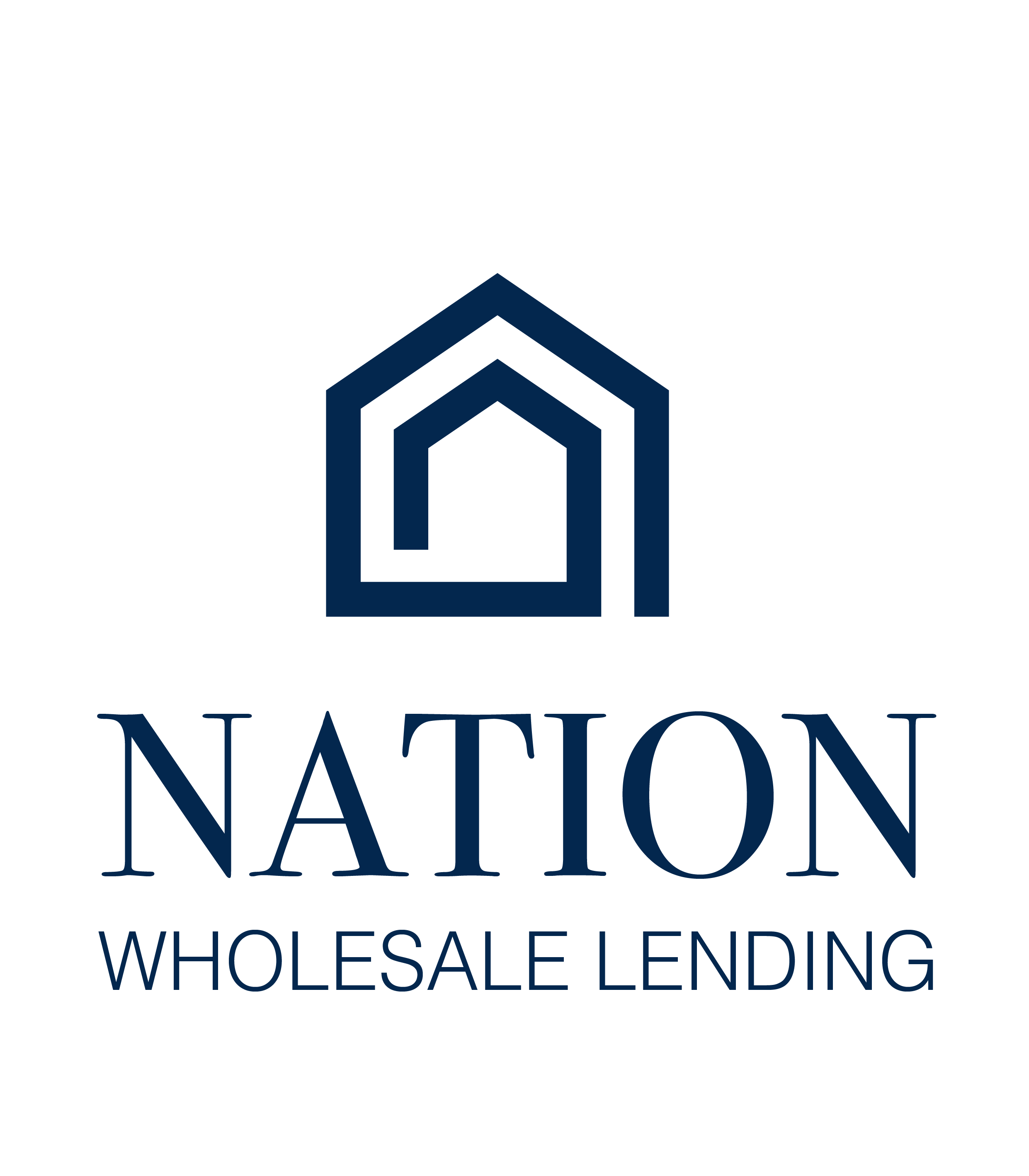Glossary of Mortgage Loan Terms
Adjustment Period
An adjustable-rate mortgage (ARM) loan has to indicate a specific time when the interest rate may change. The adjustment period may range from 1 year, 3 years, 5 years, and so on. A 3-year or 5-year ARM loan usually offers the lower interest rate for the first period of adjustment and then converts to a 1-year adjustable. The loan still counts as a 15- or 30-year loan.
Index
This is a measure of economic conditions. Indexes include the U.S. Treasury securities, the Cost of Funds Index (COFI), the Federal Home Loan Bank average, and LIBOR (the London bank-rate). A lender picks an index to base a loan’s interest rate on, plus the margin of profit desired to achieve certain yield, or profit. The index regularly goes up or down.
Margin
The common margin set by a lender is usually between 2 percent and 3 percent at the time of a loan’s origination. Then it adds the margin to the current index to set the interest rate, assuring the desired yield on the loan.
Fully Indexed Rate, or Note Rate
The index plus the margin establishes the fully indexed rate, or note rate, which is usually very close to the current market rate—which is likely to deter the borrower. To find a market for the adjustable-rate loan product, most lenders resort to offering a lower initial rate, also known as a teaser rate.
Initial Rate
This is lower than the current market rate and is fixed for the specific adjustment period set by the lender at the loan origination. The interest rate will likely increase in the second adjustment period since the initial rate was deliberately set lower than the market for the sake of the borrowers. The borrower may have a problem with this sudden increase in payment.
Interest Rate Caps
Lenders put these caps in place to protect borrowers from unlimited increases in the interest rate. The first cap sets the amount of increase (or decrease) allowed in each adjustment period. The second sets a maximum interest-rate increase over the life of the loan. Caps of 2/6 are popular.
Payment Cap
This is not interchangeable with the interest cap. Some mortgage products come with a payment cap that assures the borrower that the payment will remain the same although the actual interest rate may fluctuate throughout the year. The difference between the interest paid and the interest due on the loan—called negative amortization—accumulates and is added to the principal balance due. With negative amortization, customers can end up owing more than they originally borrowed. Bottom line: a payment cap loan is risky for borrowers.
Contact us About Your Loan Now!
WE GOT YOU COVERED
HOME
Everyone deserves to own a home. We support homeowners in their journey towards home ownership, stability and personal wealth.
DIRECTION
Nation Wholesale Lending is dedicated to ongoing growth and education of our broker partners, and providing thoughtful and ethical direction to our borrowers.
SAFETY
The market is unfortunately full of predatory and discriminatory lenders. Nation Wholesale Lending provides professional services without bias towards race, gender, sexual identity, economic disposition, or background.
